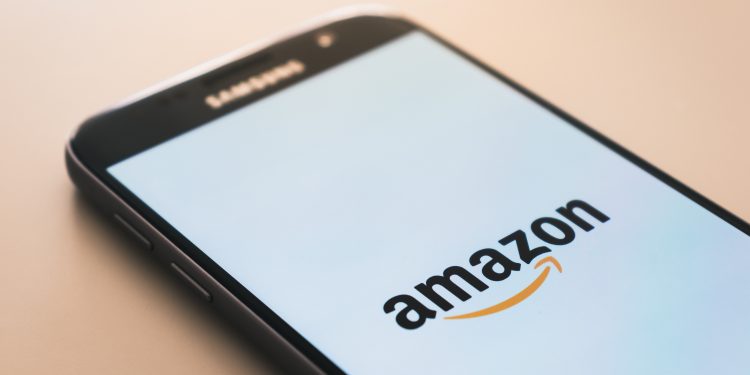Most tech companies build competitive barriers using patents. Amazon achieved this with a patent on one-click ordering that finally expired in late 2017. Now Amazon has received a patent in India that enables mobile payments with almost no user friction using geofencing and user account data.
Here’s some coverage in an article from the Financial Express:
“Amazon’s invention, relating to techniques for providing friction-free transactions using geo-locations and user identifiers, claims to have resolved the bottlenecks in providing mobile users a secure, easy to handle, and contact-free authorisation in the realm of existing methods of transactions.
Amazon had filed the application for the patent in 2012 at the Delhi patent office which granted it to the e-commerce major by its order of August 11, 2020. Amazon in a patent document said that if a consumer uses online payment option, he may have to take out his mobile device, add the biller details prior to making a transaction, and stand in the queue to complete the transaction. This may cause potential security concerns as hackers or skimmers at the merchant location may scan the user device or cards for obtaining transaction details.
In the event of a person pre-authorises a biller, there has always been a concern of the biller conducting unauthorised payments. Further, non-contact payments become difficult in such offline shopping as the person may exchange cash or swipe cards with the teller, the company said.
The claimed invention addresses the aforesaid problems by providing a method for automatically authenticating a transaction based on user’s location. The method includes detecting that a mobile device of a user is present within a predetermined proximity of a merchant location based on location data of the mobile device that indicates the mobile device has been within a distance range from the merchant location for a time period.
According to Amazon, the method helps in determining if the user has designated the merchant, in a user profile, as a trusted merchant. Subsequently, the trusted merchant is preauthorised by the user to implement a transaction with the user based on preference data of the user stored in the user profile. Upon recognising the merchant, the mobile device may login to the merchant to initiate the transaction which will be completed by identifying and using the preference data.”
It wouldn’t be surprising to learn that this patent may conflict with other patents filed earlier in the United States, but either way, the intellectual property road can be hazardous to innovation.
Overview by Tim Sloane, VP, Payments Innovation at Mercator Advisory Group











